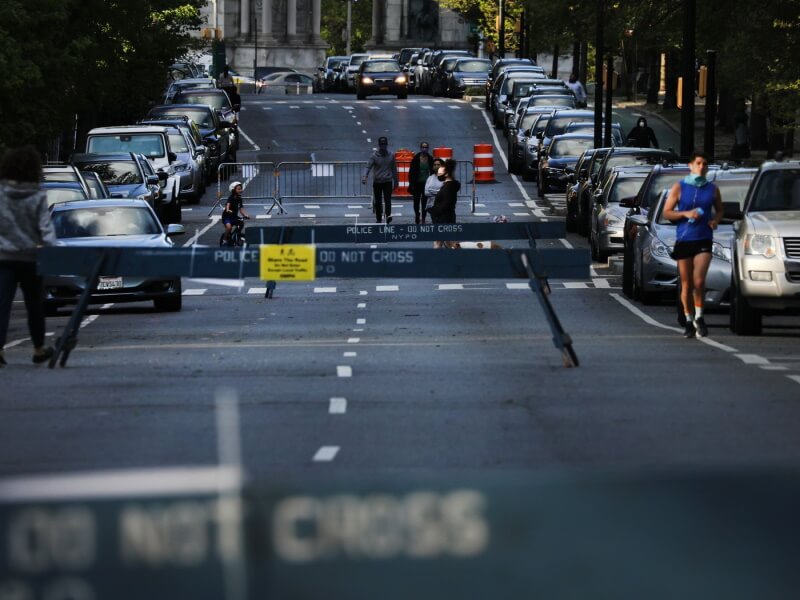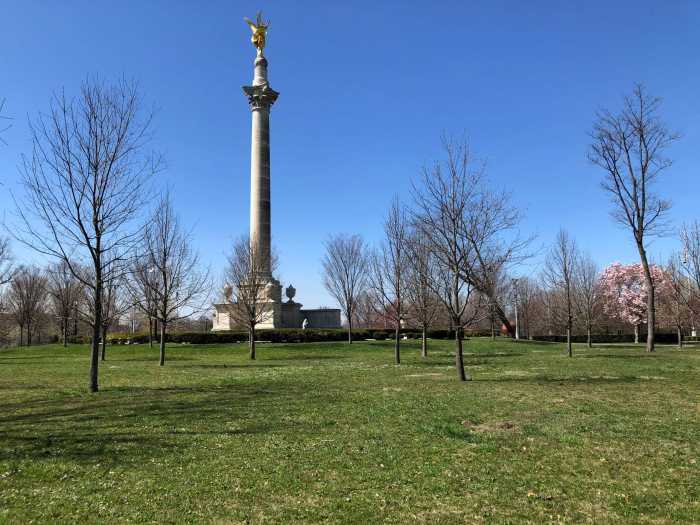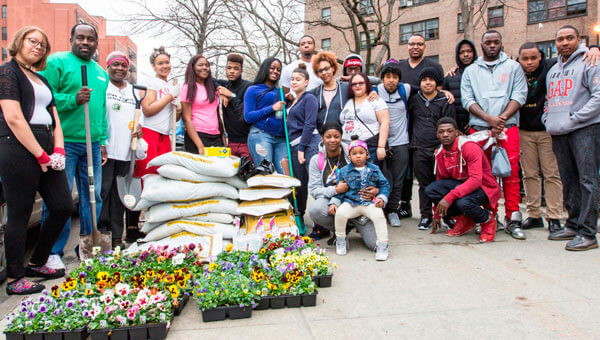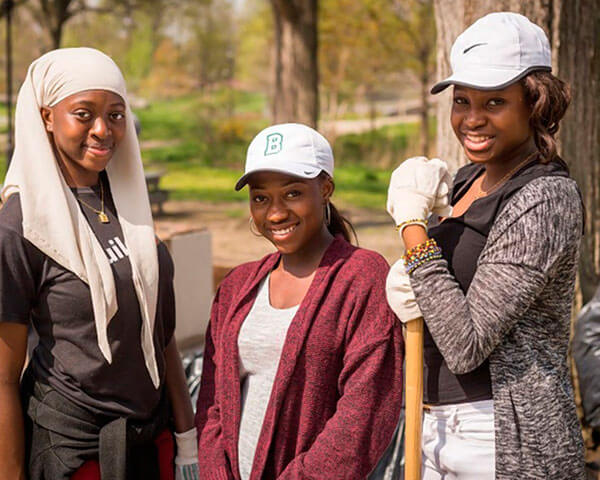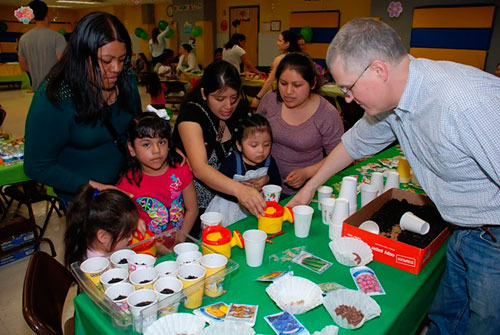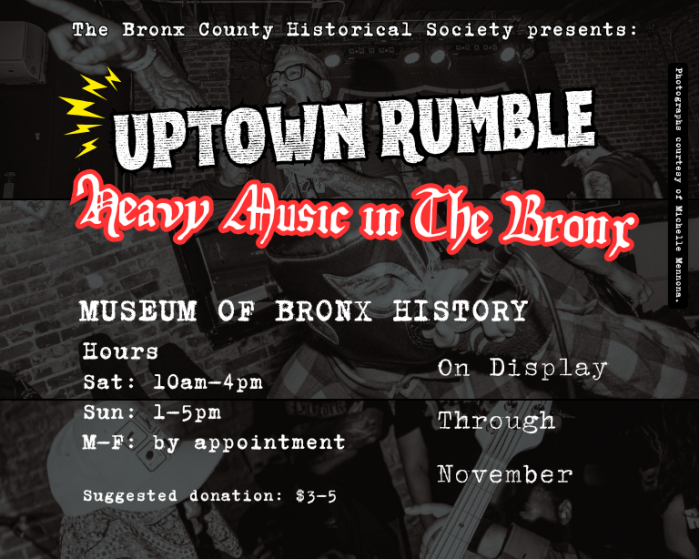Two Bronx roadways, Longfellow Avenue and Kelly Street, will be car-free, the city Department of Transportation announced as part of the city’s 21-street expansion for its Open Streets initiative.
New York City’s Open Streets first launched in April 2020 as a way to make the city’s streets car-free; the City Council voted in 2021 to make the Open Streets program permanent.
Before today’s announcement, the Bronx had four designated Open Streets in the borough with Alexander Avenue from Bruckner Boulevard to East 134th Street; Willis Avenue from East 147th Street to 148th Street; Jennings Avenue from Prospect Avenue to Chisholm Street; and Arthur Avenue, East 186th to Crescent Avenue set to join this May.
Longfellow Avenue will allow open access from Freeman Street to Jennings Avenue, while Kelly Street — open from East 163rd Street to Intervale Avenue — will be active beginning in July.
That disparity in Open Streets designations — the Bronx and Staten Island only have a combined 7 of the city’s 156 Open Streets — raised questions about the equity of former Mayor Bill de Blasio’s program, which promised to make 100 miles of NYC streets car-free.
According to the report Open Streets Forever: The Case for Permanent 24/7 Open Streets, only 46% of listed Open Streets were actually actively car-free, which is equivalent to 24 miles.
Of those streets, 33.7% are in Manhattan, 32.3% are in Brooklyn, 25.5% are in Queens, 6.3% are on Staten Island, and 2.2% are located in the Bronx. In the Bronx, 84% of the time, an open street was non-operational.
Quality is also an issue for the few Bronx Open Streets that are operational.
Households within walking distance of highly-rated Open Streets were more than twice as likely to earn more $200,000. Conversely, Black, Latino and low-income New Yorkers were more likely to live near poorly-rated Open Streets, according to the report.
Open Streets is largely paid for by local organizations despite being a city program.
“I am honored to be a part of the initiatives set forth by the Department of Transportation such as #CarFreeDay and Open Streets,” said state Sen. Luis Sepúlveda. “The Open Street Program is a great opportunity for community members to come together to support small businesses, to safely enjoy the outdoors through activities and performances, and bring consciousness about the environment.”
The Open Streets program began as an effort to help New Yorkers safely social distance and exercise during the coronavirus pandemic. It’s quickly expanded into a massive fundamental shift in how the city uses street spaces for recreation and dining — the largest open streets effort in the nation.
“The expansion of the Open Streets program provides more New Yorkers with the opportunity to re-engage residents into their community,” said Concourse councilmember Althea Stevens. “Engaging our residents at full capacity is important, as many communities are still recovering from the COVID-19 pandemic. Actively supporting our community in these collective spaces can work to decrease many issues that are negatively impacting New Yorkers everywhere.”
Reach Robbie Sequeira at rsequeira@schnepsmedia.com or (718) 260-4599. For more coverage, follow us on Twitter, Facebook and Instagram @bronxtimes

